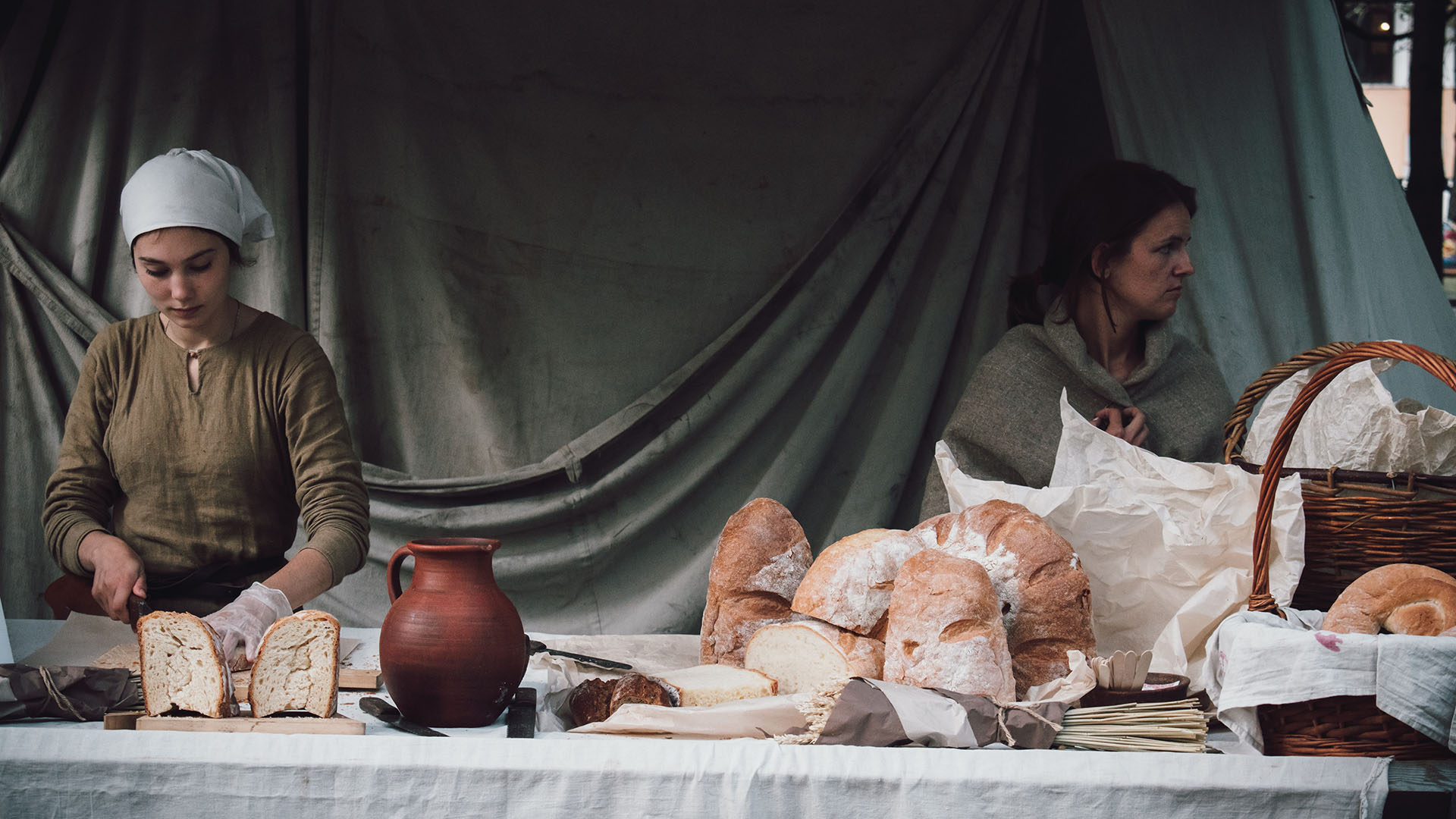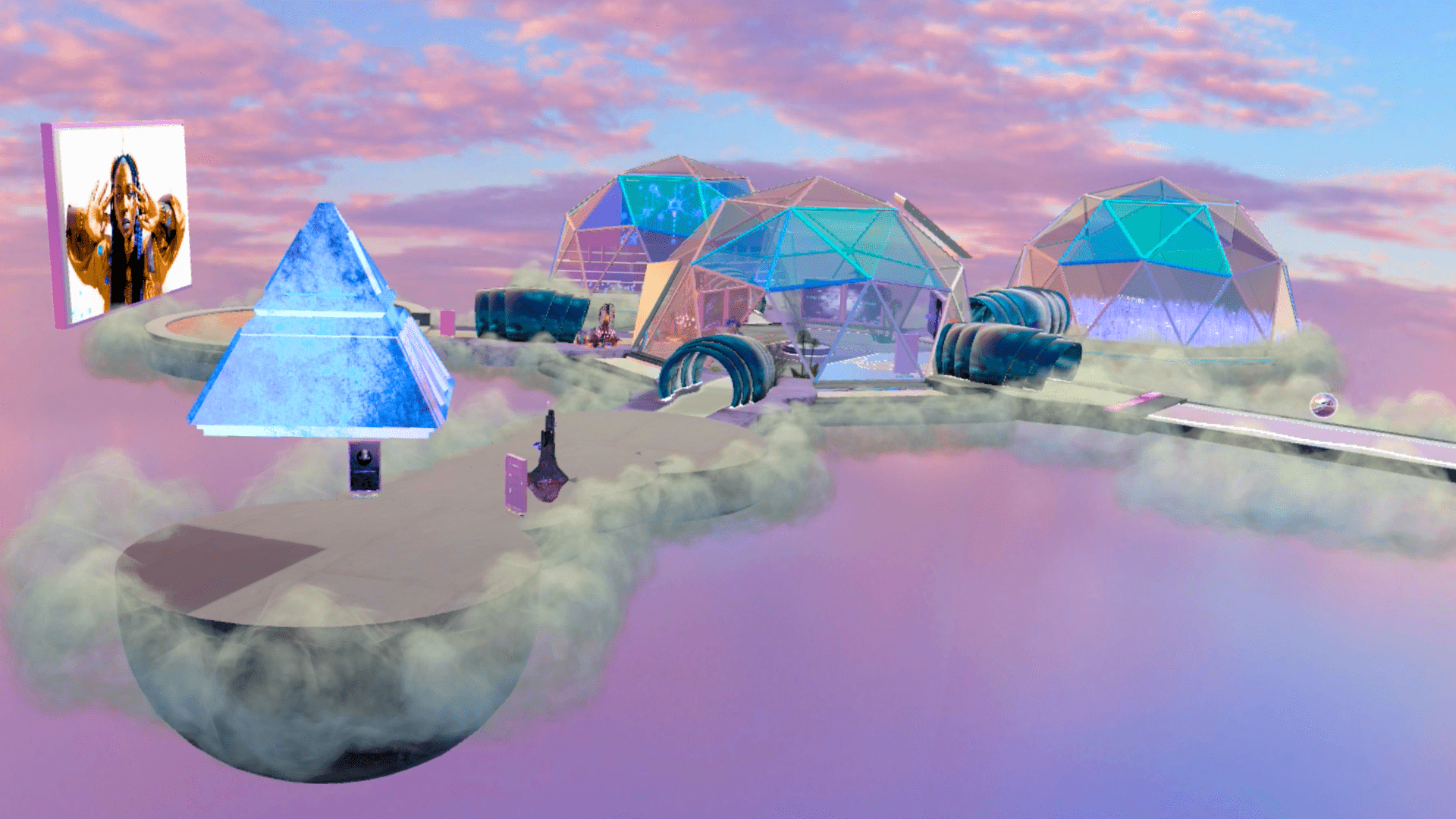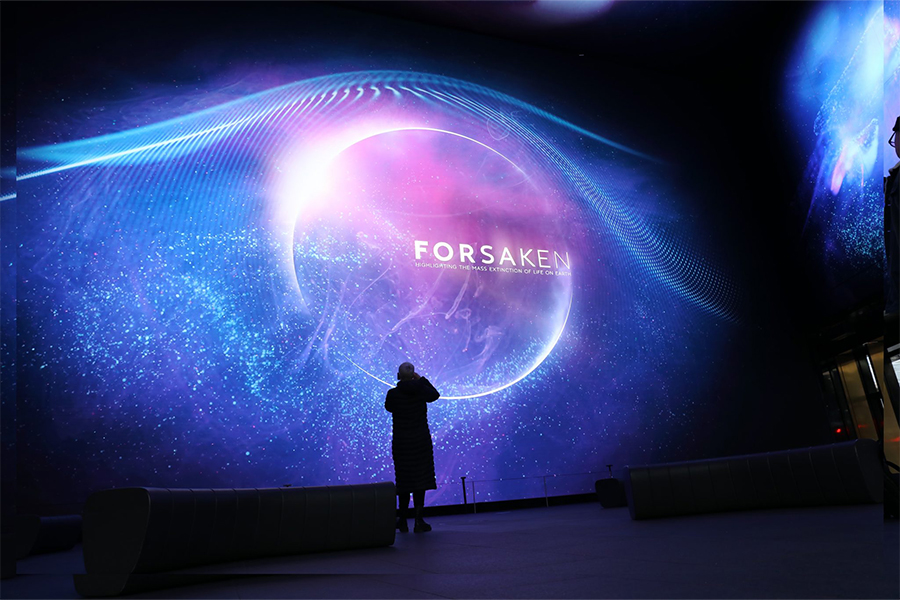Experience Economy expert Kevin Dulle has form when it comes to educating sceptics on the value of experiences: he’s spent 27 years working in finance and led countless workshops for those not used to thinking about experiences, or perhaps even thinking creatively.
He leads us through his very ERY Method for shifting services into the more meaningful realm of experiences. And to see his method in action, check out Experimental Campfire 10, where our Founding Circle put it to the test.
The blank page: there’s nothing more terrifying to a writer. Or the empty canvas, just waiting for the artist’s first masterstroke. Whatever your art, taking the first steps towards an idea is always the hardest part – and for those who aren’t used to being part of the creative process, it can seem almost insurmountable.

So naturally, we’ve developed a set of tools to help us navigate this thorny terrain of ideation. One of the most common is the brainstorming session, where everyone begins throwing ideas out and hoping something sticks.
However, I have a big problem with brainstorming. When people get excited about multiple possibilities, ideas can quickly go awry. Confusion ensues. Direction is lost. I liken it to a popcorn machine with the lid off: ideas start going everywhere. Many fall to the floor. What we need is some way to put the lid back on and keep everyone focused on a single thought to generate ideas that are usable and valuable – what the Coyne brothers call “brainsteering” in their book of the same name.
My own attempt at brainsteering is the ERY Method: a process of wordplay that focuses the energy and resources of the people involved into a very narrow path, without limiting their creativity. It begins by breaking down the service into three key elements: the service offer being delivered, the staff, and the place of business.

The first step is to identify the core action as a verb. This verb is, in fact, the service being delivered. An example is the baker at the bakery. A baker bakes bread for their customers. Here “bake” is the service verb and “bread” is the goods made.

Once the verb of the service has been identified, it’s time to play. In some cases the verb identified may be a service that already exists, so it’s important to expand your options. Take the verb and list various similar verbs that are synonyms or words that relate to other functions within the service. Since bake is common, a different, more unusual word needs to replace it for the creative process.

Let’s take the verb “knead” and apply the ERY method. Shift the verb into a noun by adding the suffix “-er”. The new word is “knead-er”. The worker becomes the performer of the action of kneading, and is identified as a kneader. Then take the verb one more step by adding the suffix “-ery”. Another noun is created and the new word, no matter how strange it may sound, becomes the stage for the action performed.

A new term or identity has been created: the “kneadery”. This new term is the lid to the popcorn popper of brainstorming. The challenge is to explore all possibilities around what a kneadery could be – what could it look like? What actions could be happening that are different than a bakery?

The ERY Method is not the end solution to creative development and experience design, but it does help to guide creative thinking. It allows for all that creative energy during a brainstorming session to be focused on a single thought, rather than encouraging random ideas that sidetrack your efforts.
A good example of this process and application can be seen with Starbucks and their flagship destination, the “Roastery”. It’s not the typical Starbucks coffee café many of us have experienced. It’s something grander: literally the Willy Wonka factory of coffee roasting. The focus is no longer on the service of making the customer coffee, but on the process of roasting the coffee bean that will become the customers’ drink of choice.
So play the word game. Drive the old descriptions off the table and begin to create something completely new and different. Create the next unique verb+ERY experience. And defeat that blank page once and for all.
About the Author
Visual thinkologist Kevin Dulle has been encouraging exploration of ideas by inspiring curiosity in leadership teams for more than 26 years. To achieve this, he draws upon a rich and mixed history of graphic design, architecture, visual strategic planning, and experience design to aid in discovering unique solutions, develop long-term planning options and organize complex situations into cohesive visual strategies.
Find out more about the ERY Method in action in Campfire 10 – and to get more insights from members of our Founding Circle like Kevin, sign up to the WXO community here.






